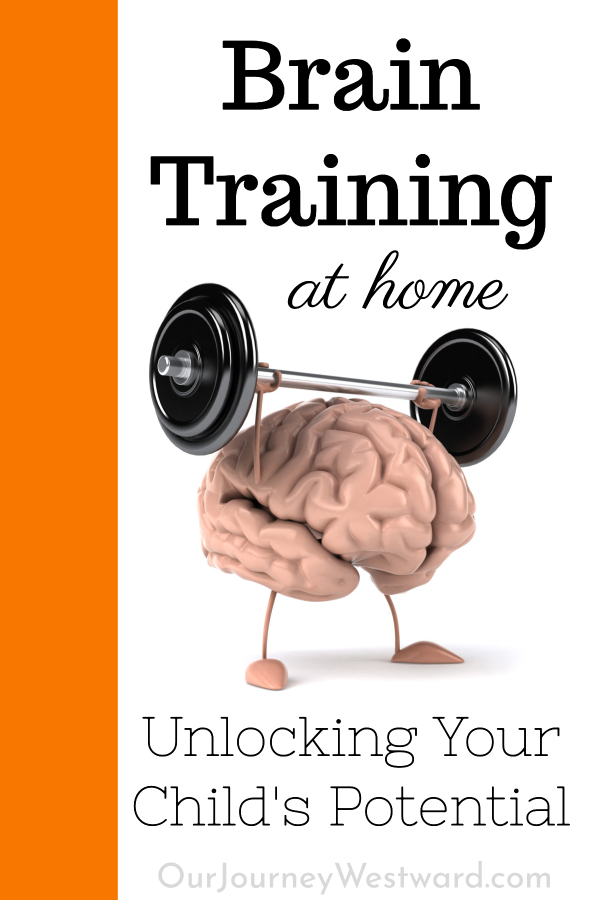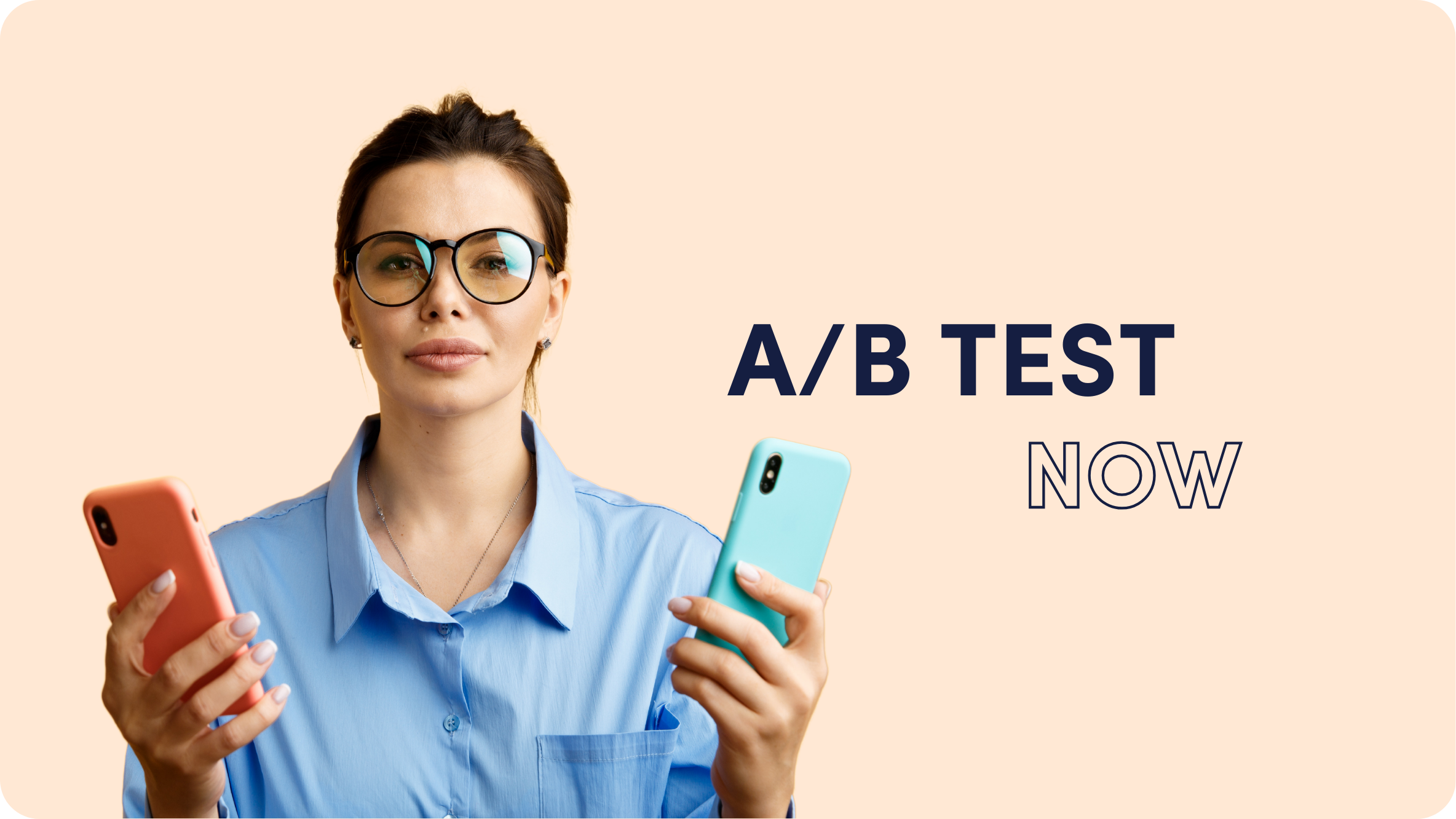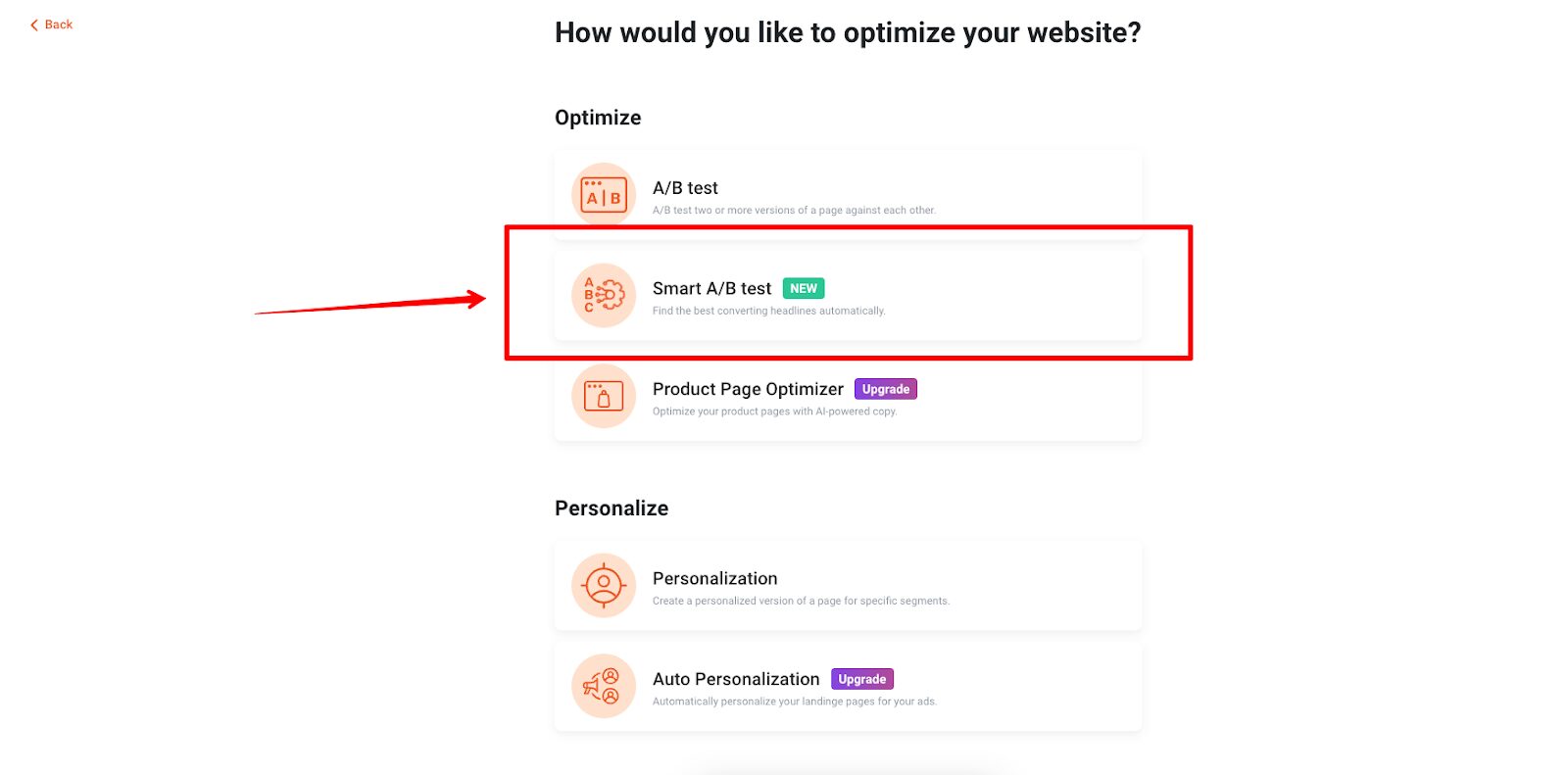A/B Testing Headline Ideas for Brain Retraining Academy
In the world of brain wellness and cognitive transformation, your headline is more than just the first impression — it’s the first decision point. Whether you’re promoting a neurostimulation device review or inviting someone to your brain retraining academy, the right words can make the difference between a curious scroll and a life-changing click.
At NeuroTechInsider.com, we’ve seen how strategic A/B testing transforms results — especially in fields where trust, science, and emotion intersect. If you’re in the business of brain training, neurofeedback, or even non-invasive wearable tech, A/B testing headline ideas isn’t optional — it’s the shortcut to resonance.

Why Headlines Matter in Brain Retraining Marketing
Think about your ideal audience: Maybe they’re dealing with chronic anxiety, insomnia, or burnout. They’re not looking for fluff. They’re scanning for signals that you “get it.” Your headline needs to say — fast — that you can help them change their brain, change their life.
“The human brain filters out up to 95% of what it sees. Headlines are the 5% that survive.”
That’s why platforms like CopyHackers emphasize the headline as the biggest leverage point in any campaign. Your headline isn’t just an attention grabber — it’s a conversion engine.

What Is A/B Testing and Why It Works
A/B Testing Explained Simply
A/B testing — or split testing — is when you show two different versions of a single element (usually a headline) to two groups of people and see which one performs better. Same ad. Same landing page. But one tiny change: the headline.
- Version A: “How to Rewire Your Brain for Lasting Change”
- Version B: “7 Proven Ways to Retrain Your Brain for Success”
Then you measure which gets more clicks, longer time on page, or higher sign-ups. Simple? Yes. Powerful? Absolutely.

Benefits of A/B Testing for Brain Academy Campaigns
Why should you care about A/B testing as a brain-focused brand or coach?
- Boosts trust and clarity by speaking your audience’s language
- Increases sign-ups with scientifically validated copy
- Decreases bounce rate by aligning expectations and content
- Improves campaign ROI with data-backed copy improvements
And here’s the kicker — A/B testing keeps you learning. Every result tells you more about how your audience thinks, feels, and decides.
7 Headline Types to Test in the Brain Wellness Space
If you’re running a landing page for your neurocoaching program or launching a campaign for your CES headset, you need to test more than just one style of messaging. Here are the most effective headline categories we recommend testing:
1. “How To” Headlines
- How to Rewire Your Brain for Lasting Change
- How to Overcome Mental Blocks Without Medication
- How to Sleep Better in Just 7 Days (Without Pills)
Why it works: These headlines promise transformation and clarity. They’re perfect for wellness and tech-savvy users seeking actionable results.
2. “Ultimate Guide” Headlines
- The Ultimate Guide to Brain Retraining for Personal Growth
- The Ultimate Guide to Vagus Nerve Stimulation Devices
Why it works: Audiences love all-in-one resources, especially when exploring tools like Apollo Neuro or Sensate for the first time.
3. List Headlines
- 5 Brain Retraining Mistakes You Don’t Know You’re Making
- 10 Steps to a Healthier, Happier Mindset
- 7 Proven Ways to Boost Your Brain’s Neuroplasticity
Why it works: Easy to digest, scannable, and creates anticipation. These pair well with long-form content and product comparisons like our NeuroVIZR vs. Audicin showdown.

Real-World Headline A/B Test Example
Let’s take a closer look at how different headline types might perform. Here’s a table we use when testing call-to-actions for wellness campaigns or new product pages.
| Headline A | Headline B | Metric |
|---|---|---|
| How to Rewire Your Brain for Lasting Change | 7 Proven Ways to Retrain Your Brain for Success | Sign-up Rate |
| The Ultimate Guide to Brain Retraining | The Secret to Rapid Brain Transformation | Click-Through Rate |
| How to Transform Your Mindset in Just 30 Days | Break All the Rules and Rewire Your Brain for Success | Engagement Time |
How to Run an Effective A/B Headline Test
Step 1: Start With a Clear Hypothesis
Every good test starts with a belief. For example:
“I believe that using a headline with a number will increase sign-up rates for our 40Hz light and sound therapy landing page.”
Without a hypothesis, you’re just guessing. With one, you’re learning.
Step 2: Change One Variable at a Time
Keep the rest of the page the same — layout, CTA, imagery — and just tweak the headline. That’s how you isolate its true impact.
Step 3: Use a Representative Audience
Run your test across an audience that reflects your actual customer base — not just random traffic. If you’re testing headlines for your NeuroVIZR explainer, show it to biohackers, not just casual browsers.
Step 4: Measure the Right Metrics
Your headline isn’t just a sentence — it’s a data point. Depending on your goal, track:
- Click-Through Rate (CTR): Are users compelled to explore your content?
- Engagement Time: How long are they sticking around after clicking?
- Conversion Rate: Are they signing up, booking a consult, or downloading your guide?
- Bounce Rate: Are they hitting back instantly, or actually reading?
Use tools like VWO, Optimizely, or even built-in Google Analytics features to track headline performance across landing pages, blog articles, and product pages.
Step 5: Iterate Based on Results
Once the data is in — don’t stop. Use those insights to refine your messaging further. Did a curiosity-driven headline outperform a direct one? Try blending both. Did numbers boost clicks? Test different numeral styles (“7” vs. “Seven”).
The goal of A/B testing isn’t perfection — it’s evolution. The more you test, the more you learn how your audience thinks.
Final Tips for Brain Retraining Academy Marketers
If you’re running a coaching program, launching a product like NR9, or developing a neuroscience-based course, here are proven headline strategies that resonate deeply with neurotech-interested audiences.
Focus on Outcomes
Words like “lasting change,” “success,” “inner calm,” and “rewire your mind” are emotionally compelling. Make the transformation the hero, not just the tool.
Use Emotional Triggers
- Words like “Unlock,” “Breakthrough,” “Finally,” and “Struggle-Free” can supercharge interest.
- Appeal to hope, frustration, curiosity, and relief — the emotional states your audience is in.
✅ Leverage Proven Copy Formulas
Test the classics:
- “How to X Without Y” — e.g., “How to Sleep Better Without Pills or Side Effects”
- “Little Known Secret…” — triggers curiosity and suggests insider info
- “The X-Day Challenge…” — adds urgency and structure
We use these not only in our article headlines but also in our comparison tools, like our in-depth Apollo Neuro vs Sensate page — and they consistently outperform vague titles.
Frequently Asked Questions (FAQ)
What is the best type of headline for brain retraining programs?
“How-to” and list-based headlines tend to perform the best. They offer both clarity and specificity, which is exactly what overwhelmed, mentally fatigued readers need.
How long should I run an A/B headline test?
Ideally, 1–2 weeks, or until you’ve hit statistical significance based on your typical traffic. Short bursts won’t give you reliable data.
Can I test headlines on blog posts and not just landing pages?
Absolutely. In fact, you should. Especially if you’re running content-rich platforms like NeuroTechInsider.com, where educational content drives traffic and builds trust.
Do visuals affect A/B headline testing?
Yes, images impact engagement — but when A/B testing only headlines, keep visual elements consistent so your data stays clean.
Conclusion: A/B Testing Headlines is Non-Negotiable
If you’re building a brand in neuro-enhancement or launching a digital brain retraining program, A/B testing headline ideas isn’t just a conversion hack — it’s a strategic necessity.
Your audience is smart, skeptical, and often emotionally exhausted. The right headline does more than grab attention — it offers a lifeline, a solution, or a spark of hope.
Whether you’re trying to explain how Audicin’s sound stimulation improves sleep, or convincing someone that brain change is possible without meds, start with the words that matter most.
Test. Optimize. Repeat.
And when you’re ready to dive deeper into the science behind brain-enhancing wearables, comparison reviews, and transformative tech, visit us at NeuroTechInsider.com — your trusted source for no-BS analysis of neurotech that actually works.
